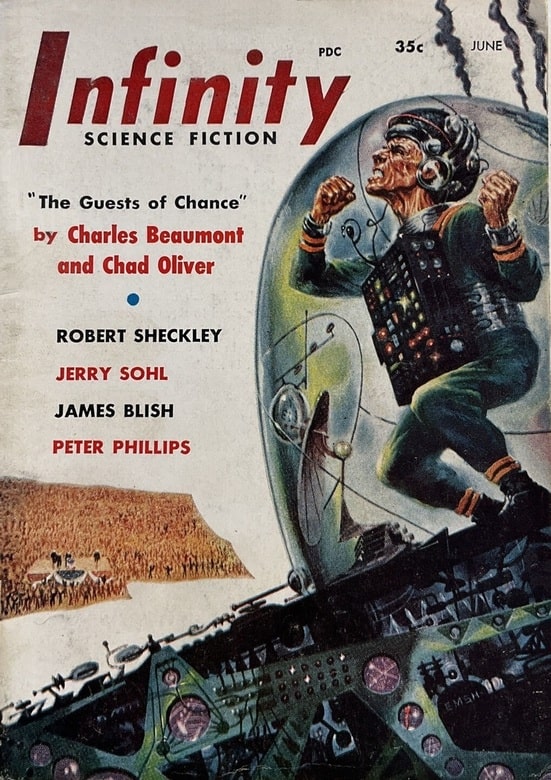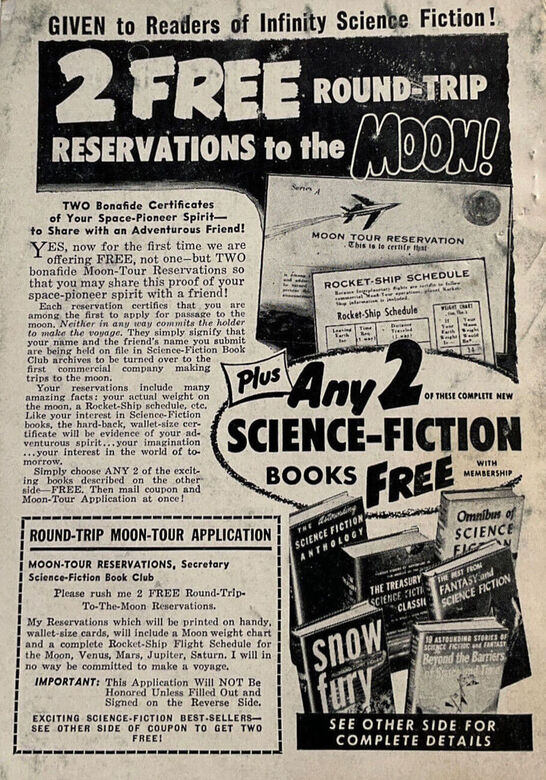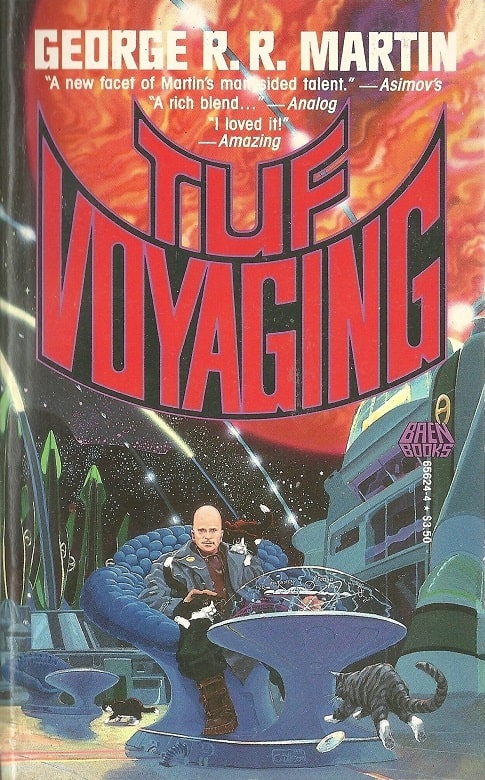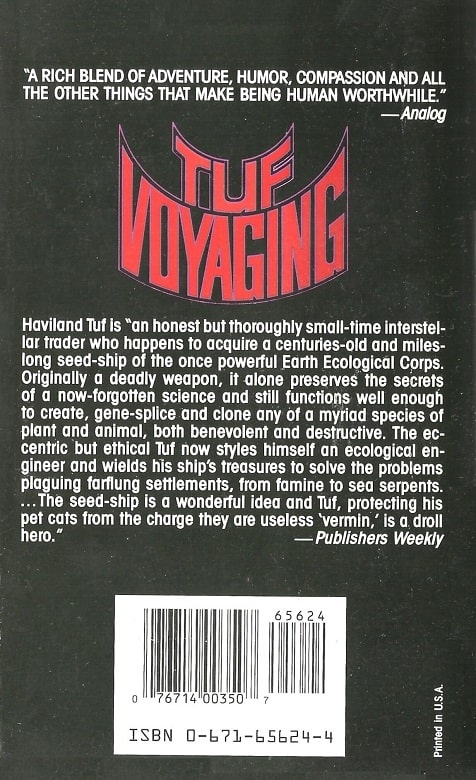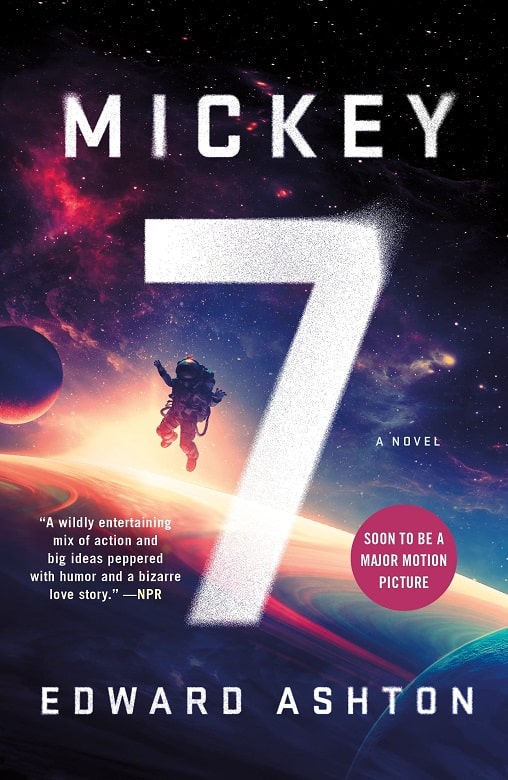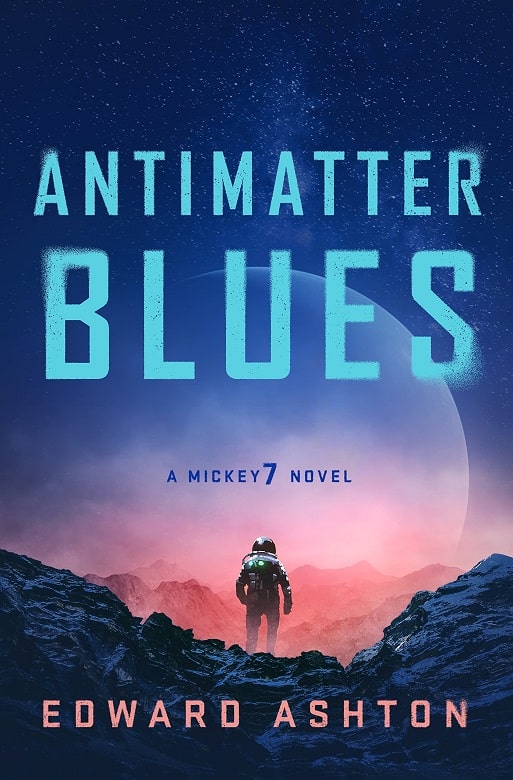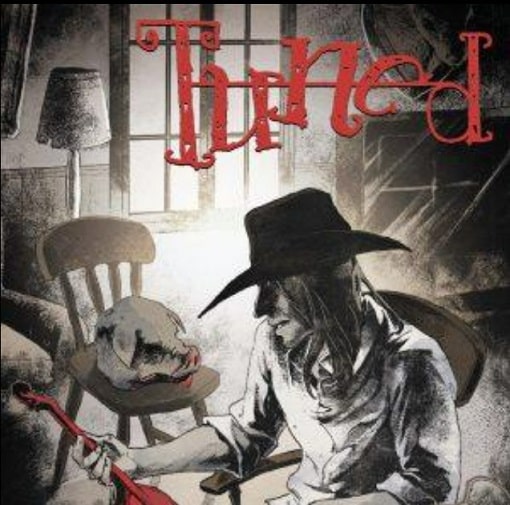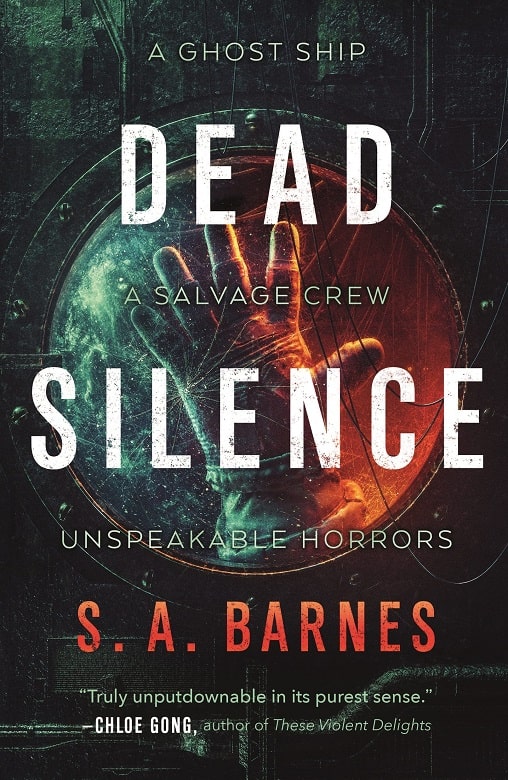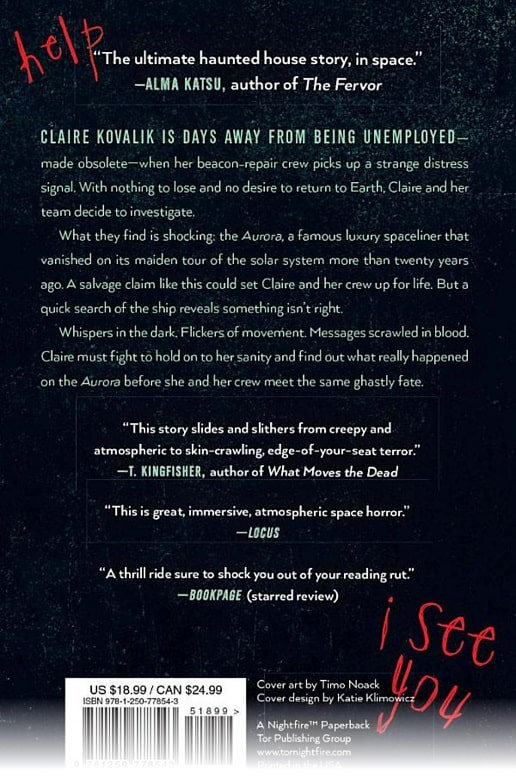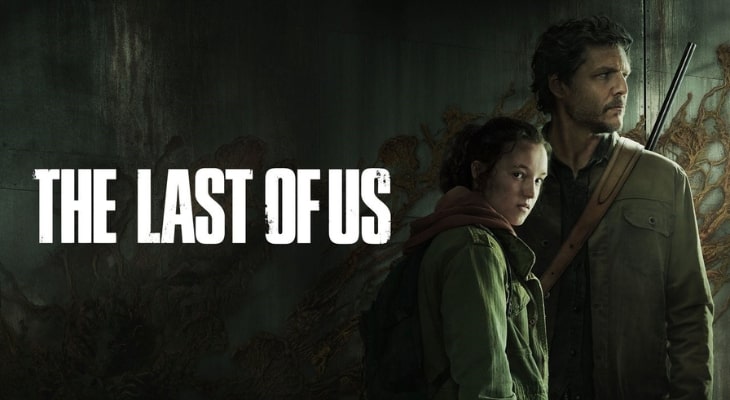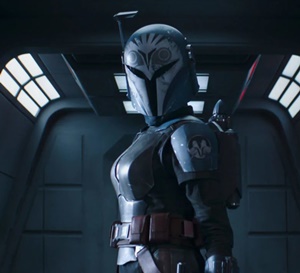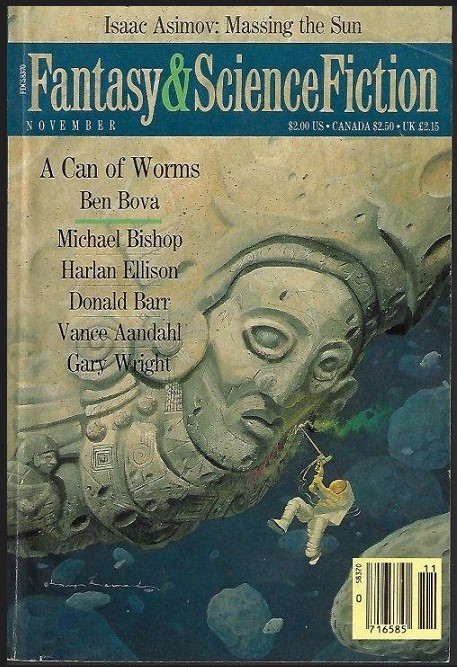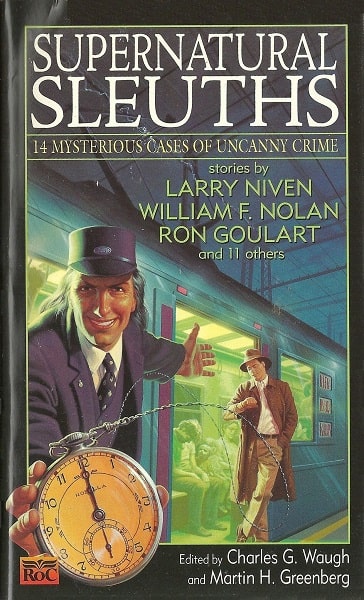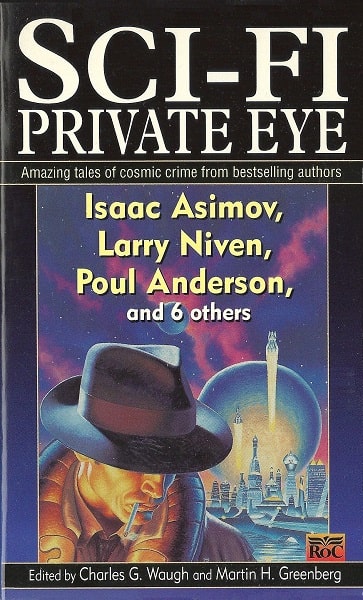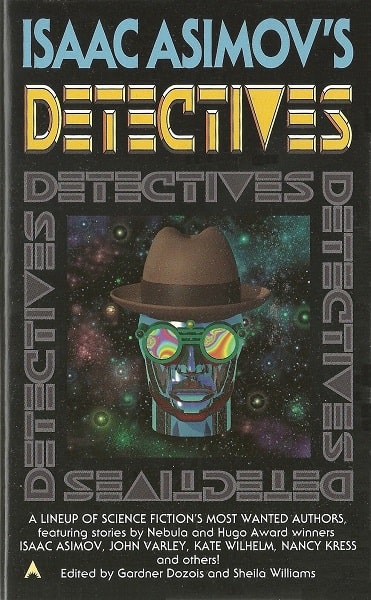5 More Things I Think I Think: March, 2023
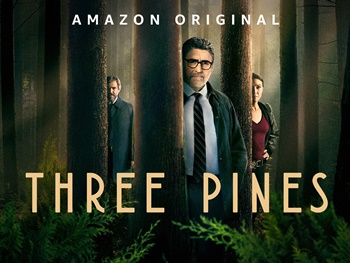 I enjoyed last week’s 10 Things I Think I Think. And it got some comments, which is kinda the goal of blogging. So, following up with 5 More Things I Think I Think.
I enjoyed last week’s 10 Things I Think I Think. And it got some comments, which is kinda the goal of blogging. So, following up with 5 More Things I Think I Think.
1) THREE PINES is a Prime Original, based on a books by Canadian author Louise Penny. The series is at 18 novels and still going! Alfred Molina is Inspector Armand Gamache, head of the Quebec Surete homicide department. It’s a French-Canadian murder mystery with a little bit of supernatural. Kinda like a splash of Weird Tales mixed in. The Three Pines area has the crime rate of a rural Agatha Christie village. Here’s the trailer.
Molina’s career has produced over 200 credits spanning thirty-five years. He’s been in a lot of stuff. He’s probably most recently recognizable as Doc Ock in Toby Maguire’s Spider Man movies. He was Hercule Poirot in a 2001 (modern-day) version of Murder on the Orient Express for TV. It’s still poorly considered by Poirot fans. I will add that in 2021, he was Poirot in LA Theater Works’ radio play of The Murder on the Links, and he was very good. I bought it with an Audible credit and listen to it regularly. Recommended.
He is terrific in Three Pines. I think he makes the show. The supporting cast (including Donald Sutherland’s son, Rossif) is solid but the for me, Molina is the centerpiece. He’s very human. I get a strong Maigret vibe, and I would like to see him play Georges Simenon’s French inspector.
